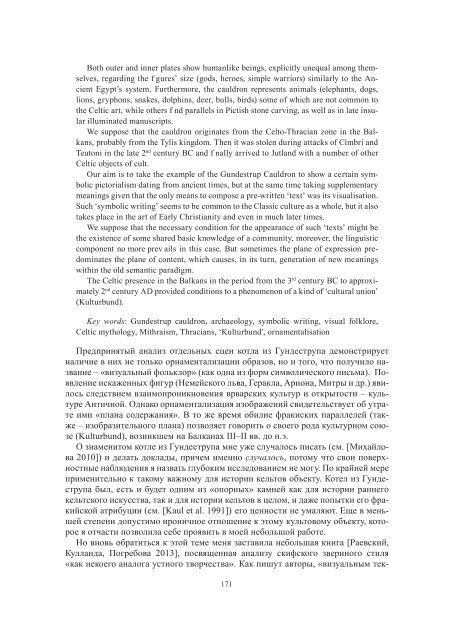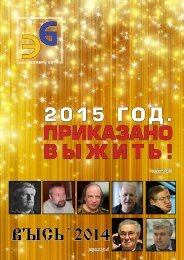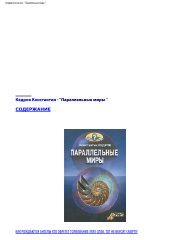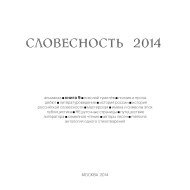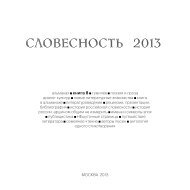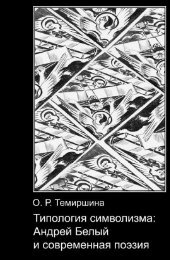STEPHANOS
2015_14
2015_14
You also want an ePaper? Increase the reach of your titles
YUMPU automatically turns print PDFs into web optimized ePapers that Google loves.
Both outer and inner plates show humanlike beings, explicitly unequal among themselves,<br />
regarding the f gures’ size (gods, heroes, simple warriors) similarly to the Ancient<br />
Egypt’s system. Furthermore, the cauldron represents animals (elephants, dogs,<br />
lions, gryphons, snakes, dolphins, deer, bulls, birds) some of which are not common to<br />
the Celtic art, while others f nd parallels in Pictish stone carving, as well as in late insular<br />
illuminated manuscripts.<br />
We suppose that the cauldron originates from the Celto-Thracian zone in the Balkans,<br />
probably from the Tylis kingdom. Then it was stolen during attacks of Cimbri and<br />
Teutoni in the late 2 nd century BC and f nally arrived to Jutland with a number of other<br />
Celtic objects of cult.<br />
Our aim is to take the example of the Gundestrup Cauldron to show a certain symbolic<br />
pictorialism dating from ancient times, but at the same time taking supplementary<br />
meanings given that the only means to compose a pre-written ʻtextʼ was its visualisation.<br />
Such ʻsymbolic writingʼ seems to be common to the Classic culture as a whole, but it also<br />
takes place in the art of Early Christianity and even in much later times.<br />
We suppose that the necessary condition for the appearance of such ʻtextsʼ might be<br />
the existence of some shared basic knowledge of a community, moreover, the linguistic<br />
component no more prev ails in this case. But sometimes the plane of expression predominates<br />
the plane of content, which causes, in its turn, generation of new meanings<br />
within the old semantic paradigm.<br />
The Celtic presence in the Balkans in the period from the 3 rd century BC to approximately<br />
2 nd century AD provided conditions to a phenomenon of a kind of ʻcultural unionʼ<br />
(Kulturbund).<br />
Key words: Gundestrup cauldron, archaeology, symbolic writing, visual folklore,<br />
Celtic mythology, Mithraism, Thracians, ‘Kulturbund’, ornamentalisation<br />
Предпринятый анализ отдельных сцен котла из Гундеструпа демонстрирует<br />
наличие в них не только орнаментализации образов, но и того, что получило название<br />
– «визуальный фольклор» (как одна из форм символического письма). Появление<br />
искаженных фигур (Немейского льва, Геракла, Ариона, Митры и др.) явилось<br />
следствием взаимопроникновения врварских культур и открытости – культуре<br />
Античной. Однако орнаментализация изображений свидетельствует об утрате<br />
ими «плана содержания». В то же время обилие фракиских параллелей (также<br />
– изобразительного плана) позволяет говорить о своего рода культурном союзе<br />
(Kulturbund), возникшем на Балканах III–II вв. до н.э.<br />
О знаменитом котле из Гундеструпа мне уже случалось писать (см. [Михайлова<br />
2010]) и делать доклады, причем именно случалось, потому что свои поверхностные<br />
наблюдения я назвать глубоким исследованием не могу. По крайней мере<br />
применительно к такому важному для истории кельтов объекту. Котел из Гундеструпа<br />
был, есть и будет одним из «опорных» камней как для истории раннего<br />
кельтского искусства, так и для истории кельтов в целом, и даже попытки его фракийской<br />
атрибуции (см. [Kaul et al. 1991]) его ценности не умаляют. Еще в меньшей<br />
степени допустимо ироничное отношение к этому культовому объекту, которое<br />
я отчасти позволила себе проявить в моей небольшой работе.<br />
Но вновь обратиться к этой теме меня заставила небольшая книга [Раевский,<br />
Кулланда, Погребова 2013], посвященная анализу скифского звериного стиля<br />
«как некоего аналога устного творчества». Как пишут авторы, «визуальным тек-<br />
171


